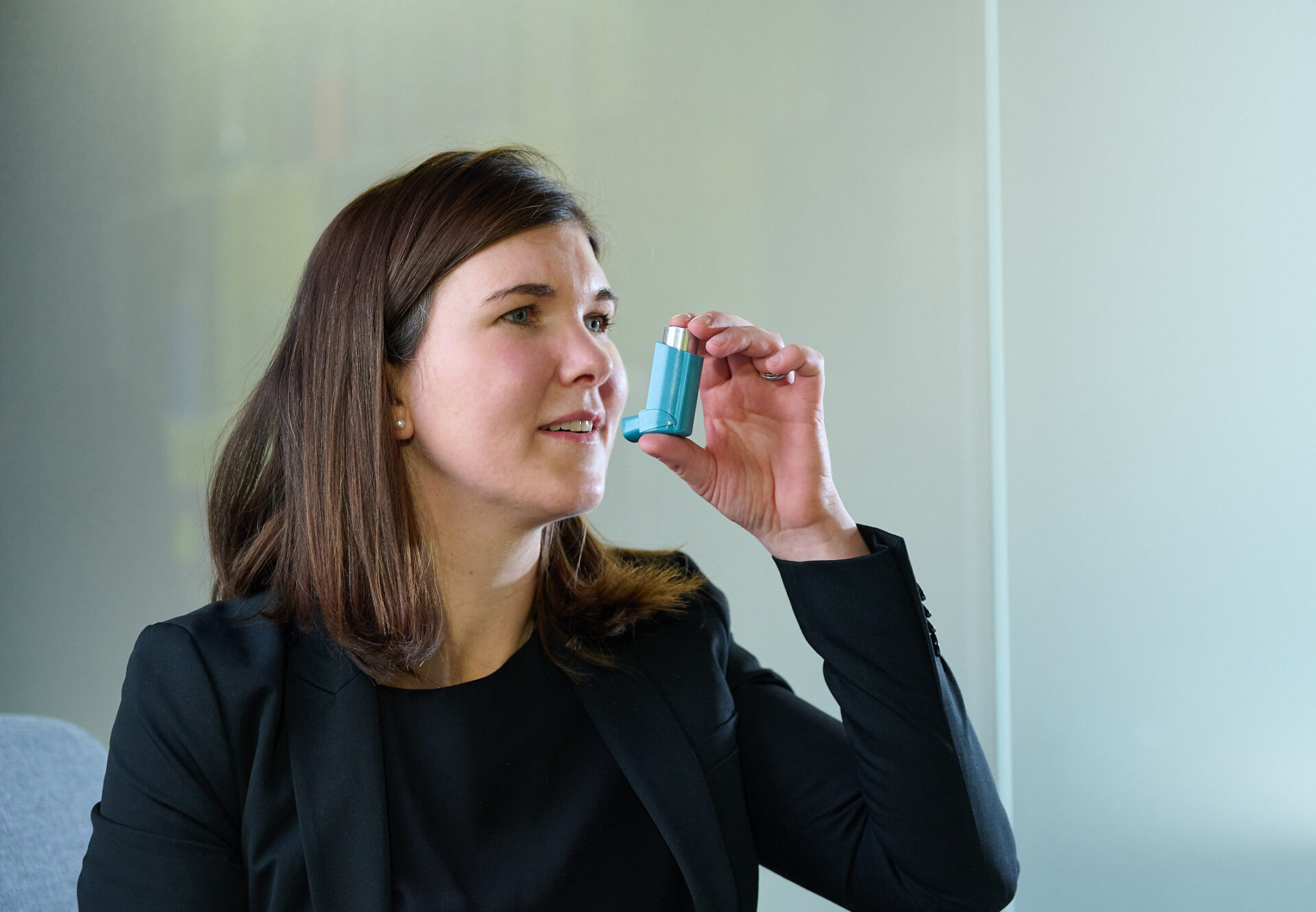Inhalation therapy has revolutionized the management of respiratory diseases, providing targeted relief for conditions like asthma and chronic obstructive pulmonary disease (COPD). This approach leverages various devices and technologies to deliver medication directly to the lungs, improving efficacy and minimizing systemic side effects. Recent innovations and advances in inhalation therapy have significantly enhanced treatment options, offering new opportunities for better disease management and improved patient outcomes. This article explores the latest developments in Inhalation therapy, highlighting the key innovations and their impact on respiratory care.
The Evolution of Inhalation Therapy
Traditional Inhaler Devices
Historically, inhalation therapy relied on a limited range of devices:
Metered-Dose Inhalers (MDIs): MDIs, first introduced in the 1950s, use a pressurized canister to deliver medication as an aerosol. They remain popular due to their portability and precision in dosing. However, MDIs require proper coordination and technique, and older models used chlorofluorocarbons (CFCs) as propellants, which have been phased out due to environmental concerns.
Nebulizers: Nebulizers convert liquid medication into a fine mist that is inhaled over several minutes. They are particularly useful for patients with severe respiratory conditions or those unable to use MDIs or dry powder inhalers (DPIs). Despite their effectiveness, nebulizers are bulkier and less convenient for everyday use.
Dry Powder Inhalers (DPIs): DPIs deliver medication in powdered form, activated by the patient’s breath. They offer a propellant-free alternative to MDIs and simplify the inhalation process for some patients. However, they require a strong inhalation effort and may not be suitable for all medications.
Innovations in Inhalation Therapy
Recent advancements have introduced new technologies and improvements in inhalation devices, enhancing their effectiveness and ease of use.
Cutting-Edge Inhaler Technologies
Smart Inhalers
Technology Integration: Smart inhalers are equipped with digital sensors that track medication usage, inhalation technique, and adherence. These devices connect to mobile apps and electronic health records, providing real-time data to both patients and healthcare providers.
Benefits: Smart inhalers improve adherence by sending reminders and alerts, and they offer insights into inhalation patterns, helping to optimize treatment. Real-time feedback on technique can enhance medication delivery and effectiveness.
Limitations: While smart inhalers offer significant advantages, they are often more expensive and rely on patients being comfortable with digital technology. Privacy and data security are also concerns with the collection of personal health information.
Personalized Inhalers
Customization: Personalized inhalers are designed to meet individual patient needs, including dose adjustments and device preferences. This customization can improve patient comfort and adherence to treatment.
Benefits: Tailoring inhalers to fit a patient’s specific requirements can enhance usability and effectiveness. Personalized inhalers can also accommodate various medication types and combinations, providing a flexible treatment solution.
Limitations: Customization can increase the complexity and cost of inhaler devices. Additionally, personalized inhalers may not be available in all healthcare systems or covered by insurance plans.
Advanced Delivery Systems
Breath-Enhanced Nebulizers: Newer nebulizers feature breath-enhanced technology, which improves the efficiency of medication delivery by optimizing the mist particle size and inhalation flow.
Breath-Actuated Inhalers: These inhalers are activated by the patient’s breath, reducing the need for manual coordination. They ensure that medication is delivered only when the patient inhales, minimizing waste and improving delivery to the lungs.
Benefits: Advanced delivery systems enhance the precision of medication delivery and improve patient experience by reducing treatment times and minimizing medication waste.
Limitations: Some advanced systems are more expensive and may require additional training for effective use.
Innovations in Medication Formulation
Nanotechnology
Particle Size Reduction: Nanotechnology involves reducing medication particles to the nanometer scale, allowing for improved penetration into the lungs and more efficient drug delivery.
Benefits: Nanoparticles can enhance the bioavailability of drugs, improve targeting of specific lung regions, and reduce side effects. They also enable the development of new drug formulations and combinations.
Limitations: The use of nanotechnology in inhalation therapy is still in the experimental stages, and further research is needed to fully understand its long-term safety and efficacy.
Biologics
Advanced Treatments: Biologics are large, complex molecules derived from living cells. They target specific pathways involved in respiratory diseases, offering new treatment options for conditions like severe asthma.
Benefits: Biologics provide targeted therapy with fewer systemic side effects compared to traditional medications. They can improve disease control and reduce exacerbations in patients with severe or difficult-to-treat conditions.
Limitations: Biologics are often expensive and may require regular injections or infusions. Their use is typically limited to specific patient populations and may not be covered by all insurance plans.
Improving Patient Outcomes with Inhalation Therapy
Education and Training
Proper Use: Effective inhalation therapy requires proper technique and adherence to prescribed regimens. Education and training are crucial for ensuring patients can use their inhaler devices correctly and maximize the benefits of their medication.
Training Programs: Healthcare providers should offer hands-on demonstrations, instructional materials, and practice sessions to help patients learn proper inhaler technique and address any questions or concerns.
Follow-Up: Regular follow-up visits can help assess device use, identify any issues, and provide additional support or adjustments to treatment plans.
Adherence Strategies
Reminder Systems: Implementing reminder systems, such as digital alerts and calendar notifications, can help patients remember to take their medications and use their inhalers consistently.
Simplified Regimens: Reducing the number of devices or doses required can simplify treatment regimens and improve adherence.
Patient Engagement: Involving patients in their treatment planning and goal setting can enhance motivation and commitment to their medication regimen.
Addressing Challenges
Coordination Issues: For patients with coordination difficulties, using devices with built-in breath-actuated features or spacers can improve medication delivery and ease of use.
Device Maintenance: Regular cleaning and proper storage of inhaler devices are essential for maintaining their effectiveness and preventing issues such as clumping or contamination.
Adherence Barriers: Identifying and addressing barriers to adherence, such as cost, complexity, or side effects, can help improve treatment outcomes and patient satisfaction.
Future Directions in Inhalation Therapy
Digital Health Integration
Telemedicine: The integration of inhalation therapy with telemedicine platforms allows for remote monitoring and management of respiratory conditions. Healthcare providers can track patient progress, adjust treatment plans, and provide support from a distance.
Wearable Devices: Wearable technology, such as smart sensors and health trackers, can provide additional data on respiratory health and medication adherence, offering new insights into patient management.
Personalized Medicine
Genetic Profiling: Advances in genetic profiling may enable personalized approaches to inhalation therapy, allowing for treatments tailored to individual genetic profiles and specific disease mechanisms.
Customized Drug Delivery: Research into personalized drug delivery systems may lead to more effective and targeted therapies, further enhancing the management of respiratory conditions.
Sustainable Practices
Environmental Impact: Future innovations may focus on reducing the environmental impact of inhaler devices and medication formulations. This includes developing eco-friendly propellants, reducing waste, and improving device recycling.
Green Technologies: Emphasizing sustainability in inhalation therapy can help address environmental concerns while maintaining the effectiveness of treatment options.
Conclusion
Inhalation therapy has come a long way since its inception, with significant advancements in device technology, medication formulations, and patient management. Innovations such as smart inhalers, personalized devices, and advanced delivery systems have enhanced the effectiveness and convenience of respiratory treatments. Continued progress in areas like nanotechnology, biologics, and digital health integration promises to further improve patient outcomes and revolutionize the management of respiratory conditions.
By understanding and embracing these advancements, healthcare professionals can provide better care for patients with asthma and COPD, optimizing treatment outcomes and improving quality of life. As technology continues to evolve, the future of inhalation therapy holds exciting possibilities for more effective, personalized, and sustainable respiratory care.





